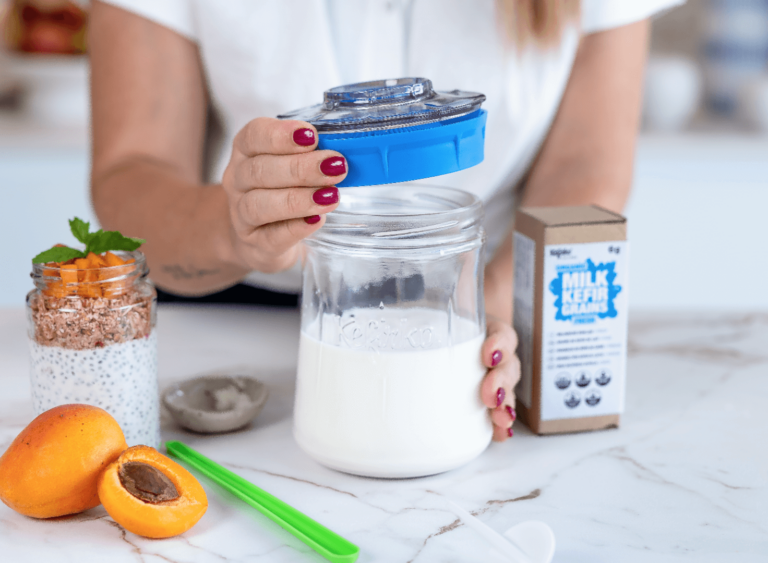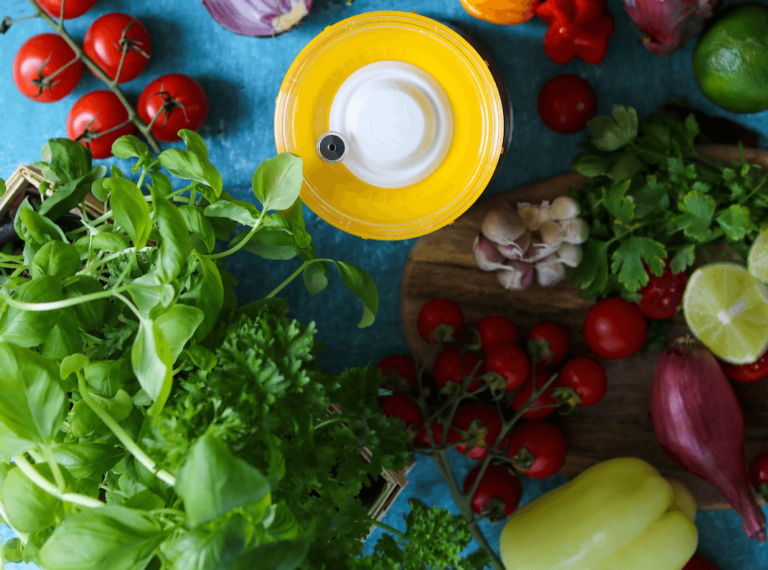Troubleshooting fermentation: Tackle Mold and Kahm Yeast Issues!
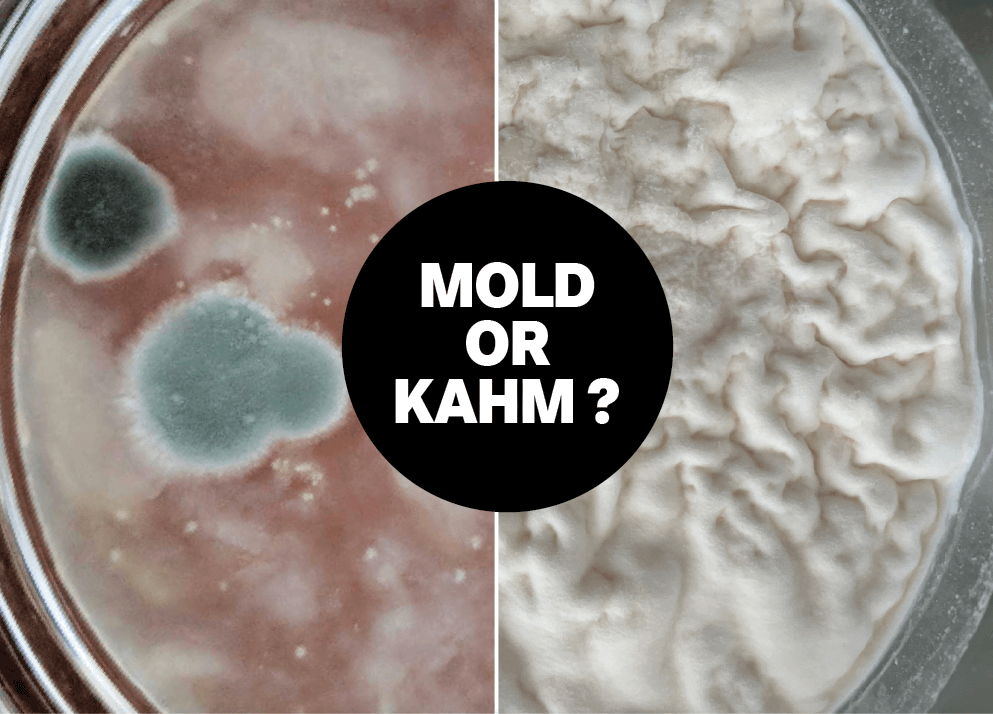
Fermentation is a very rewarding activity but it has its challenges. Sometimes you may notice changes on the surface of a fermented food or drink and wonder if everything is still safe to consume or if it is necessary to throw it all away.
“Not all formations on the surface are harmful!”
What is Kahm Yeast?
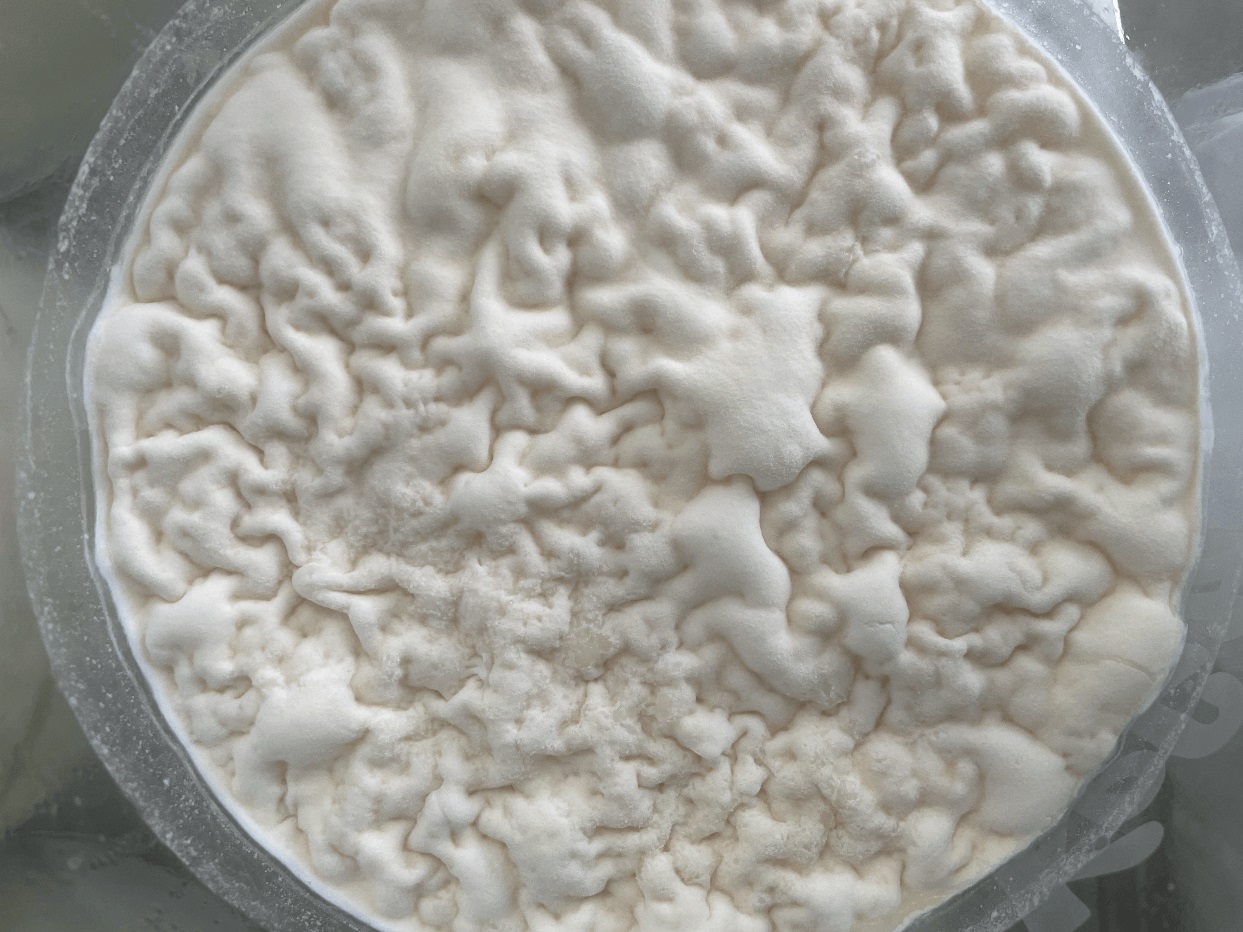
Kahm yeast typically appears as a thin, white or creamy layer on the surface of fermenting liquids like kombucha, kefir, or lacto-fermented vegetables.
It forms when lactic acid bacteria consume the sugars present in the food or drink, producing lactic acid and creating an acidic environment. This acidic environment inhibits the growth of harmful bacteria but allows Kahm yeast to thrive.
It is not harmful, it’s a natural occurrence in fermentation.
Fermentation is a highly dynamic process that relies on the activity of living organisms, and these organisms have evolved various adaptations to safeguard their growth and reproduction in response to environmental fluctuations. Kahm yeast represents one such adaptation, serving as a protective mechanism for microorganisms engaged in fermentation, helping them thrive and maintain the desired fermentation outcomes even in the face of changing environmental conditions.
What are Molds?
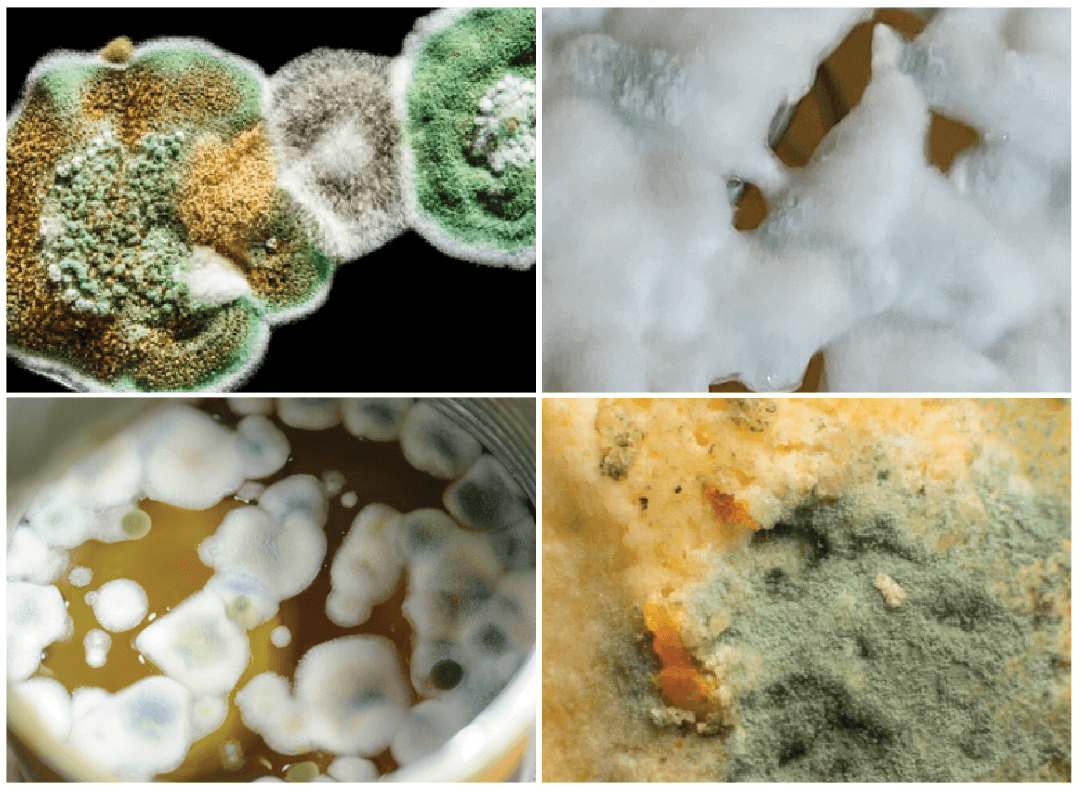
Molds are a type of fungus that can grow on a wide range of surfaces, including food and beverages. They are multicellular organisms and can be recognized by their fuzzy or powdery appearance, often appearing in various colours, such as white, green, or black. Molds reproduce by producing spores, which can spread easily and contaminate other parts of your fermentation project.
Always discard the ferment if you notice the appearance of mold!
Differences between Molds and Kahm Yeast
- Appearance: Molds have a fuzzy or powdery texture and come in various colours, while Kahm yeast appears as a thin, white or creamy film.
- Texture: Molds often have a cottony or hairy texture, while Kahm yeast is generally smoother and less dense.
- Growth Patterns: Molds can penetrate deeper into the food or beverage they infest, while Kahm yeast remains on the surface. You may also notice that molds can create a visible mycelium network, whereas Kahm yeast forms a uniform layer.
- Smell: Molds can produce unpleasant, musty odours, while Kahm yeast typically has a milder smell, often described as slightly sour.
Kahm yeast is a common formation in fermented foods
Kombucha
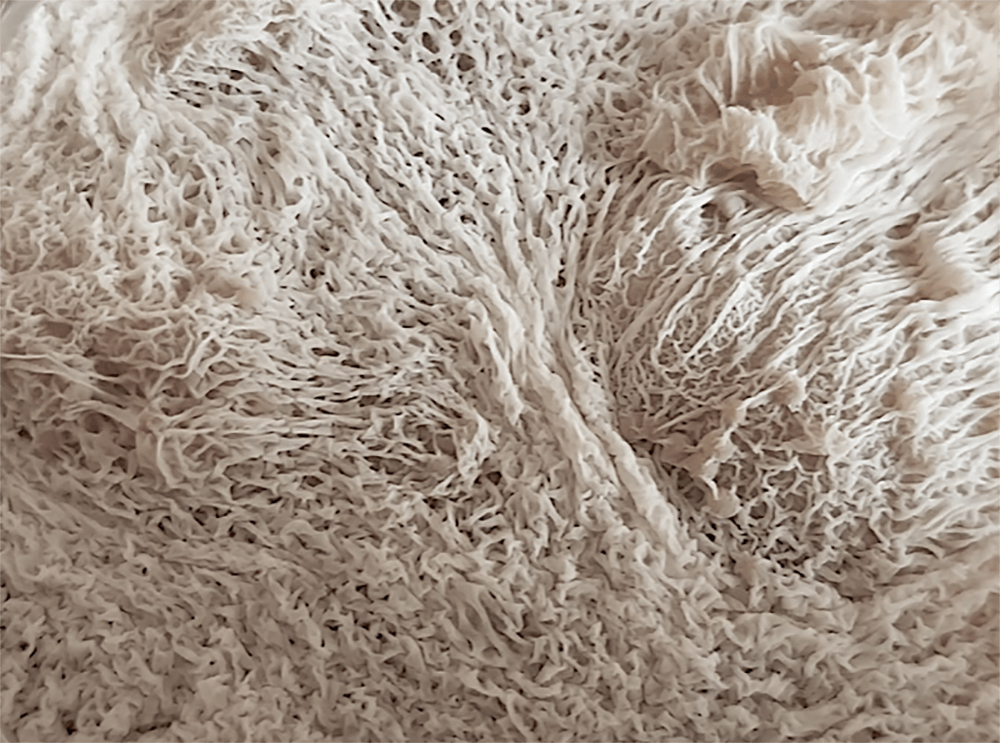
Kahm yeast on kombucha typically develops due to exposure to oxygen, inadequate brewing conditions, or a weakened SCOBY.
If you find kahm yeast on your kombucha brew, start by gently removing it with a clean utensil. Additionally, you should adjust brewing conditions. Move your ferment to a cooler place, close the lid to prevent excess oxygen and avoid direct sunlight.
Kefir
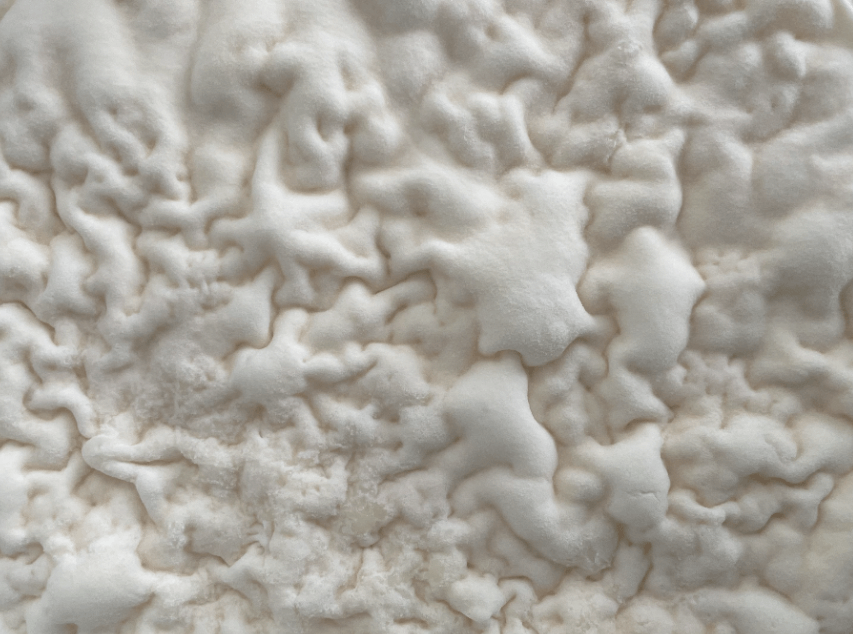
Homemade kefir can develop Kahm yeast if not properly maintained, particularly if it’s left at room temperature for longer than needed for primary fermentation. See recommended fermentation times here.
On a milk kefir it appears as a thin, white or creamy layer on the kefir’s surface, often with a wrinkled texture. While generally harmless, it can alter the kefir’s taste and appearance.
Kahm yeast can also appear on water kefir, due to the high sugar content. It looks the same as on milk kefir, described above.
If kahm yeast appears on kefir, you can simply remove it with a clean utensil. Then adjust the fermentation temperature, close the lid tightly and make sure the jar is placed away from direct sunlight.
Lacto-Fermented Vegetables
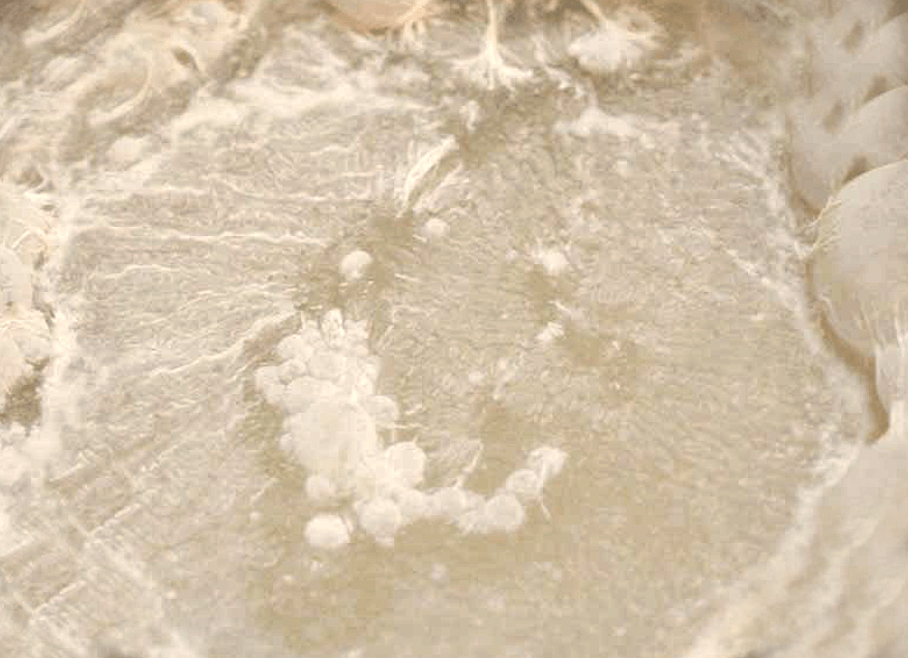
Sourdough
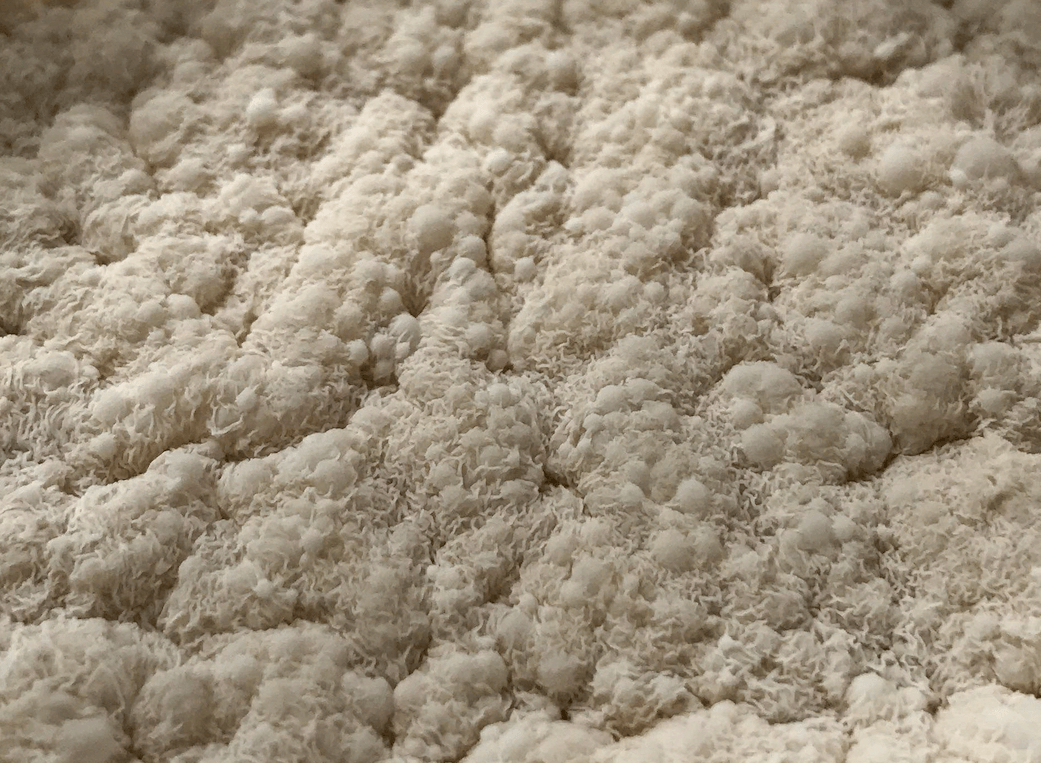
What about mold?
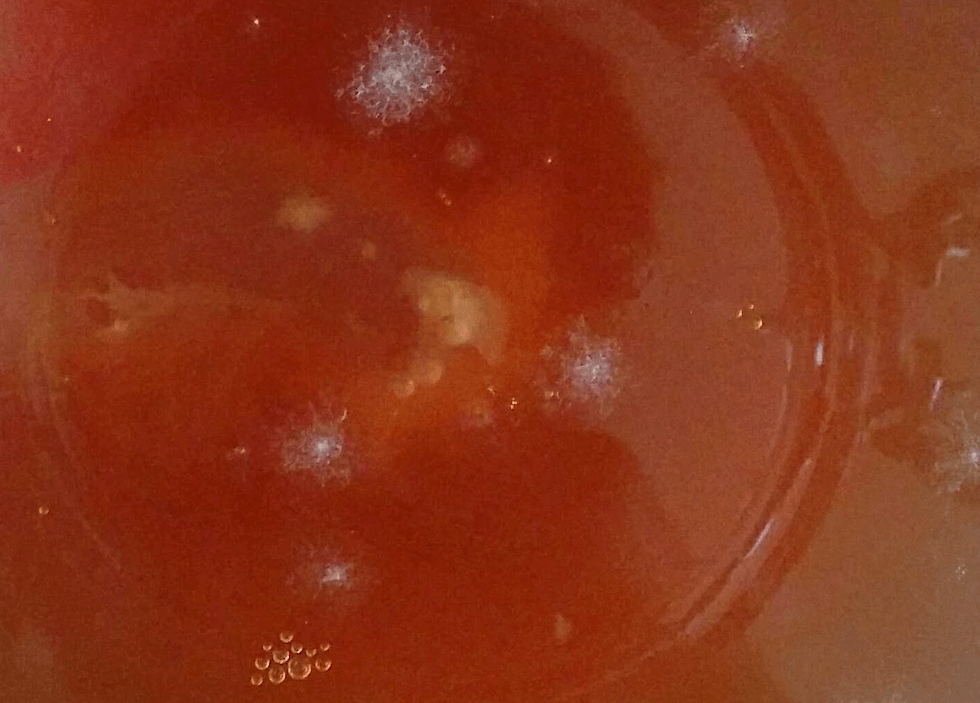
Otherwise, mold does not develop as often as kahm yeast, due to the acidic pH of fermented foods, which presents unfavourable conditions for its growth and development.
However, in rare cases, mold can develop in water and milk kefir, kombucha, vegetables, or sourdough, when there is contamination from airborne spores or unclean equipment. It typically appears when fermentation conditions are not properly controlled, such as fluctuating temperatures, inadequate submersion, or excessive exposure to oxygen. Regular hygiene, maintaining the correct fermentation environment, and proper sealing or submersion of ingredients can help prevent mold growth in these fermented foods and beverages.
If you notice mold on the ferment, be sure to throw it all away.
Different structures can appear on our fermented food and drink. This can scare you, especially if you are new to fermentation. However, do not worry, in most cases these are harmless formations. It only takes a little tweaking of the growing conditions and your ferments will be back in balance. We hope that the above tips will come in handy the next time you are in a dilemma about how to intervene when some unusual formations appear.
Recommended products from this blog:
-
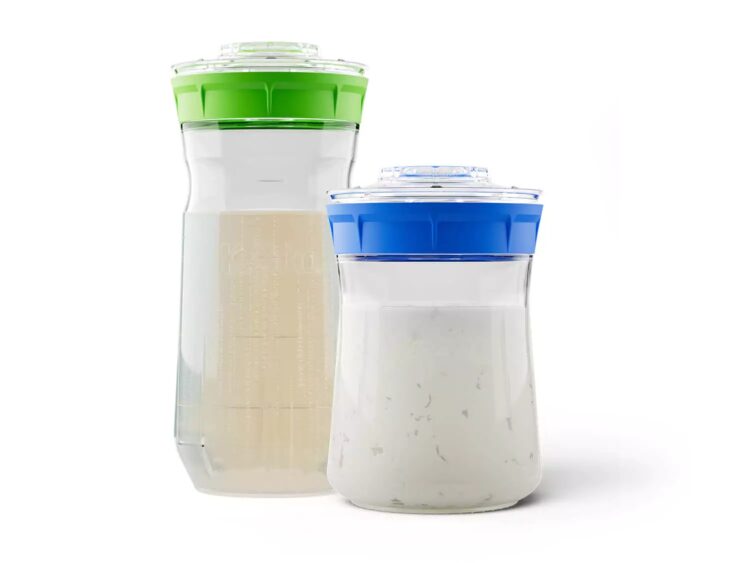
KEFIR FERMENTER
$38.99 – $44.99Rated 5.00 out of 5BUY NOW This product has multiple variants. The options may be chosen on the product page -
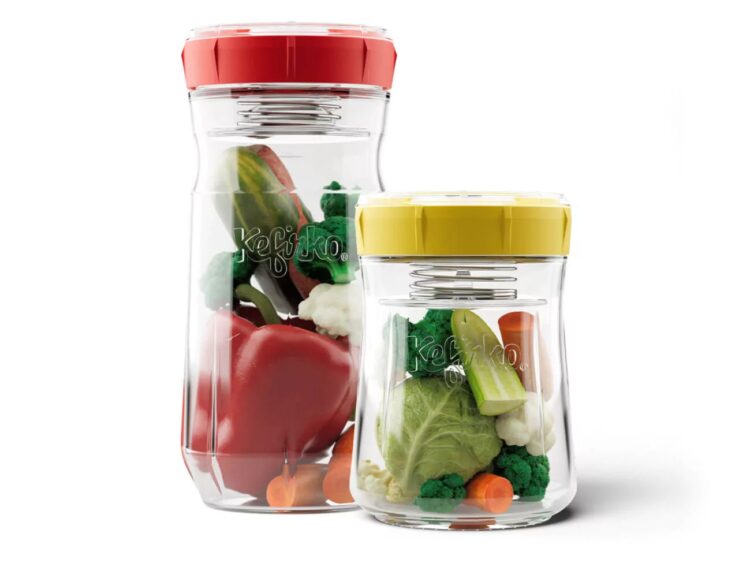
VEGGIE FERMENTER
$42.99 – $48.99BUY NOW This product has multiple variants. The options may be chosen on the product page -
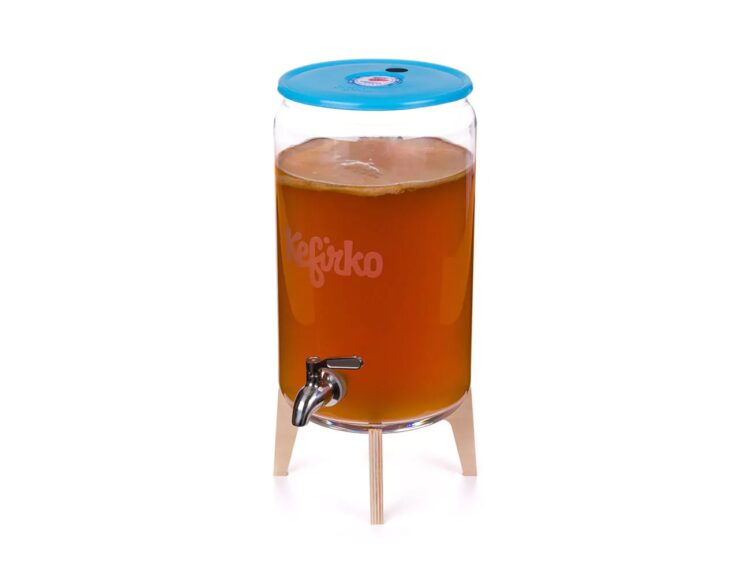
KOMBUCHA FERMENTER
$99.99BUY NOW This product has multiple variants. The options may be chosen on the product page -
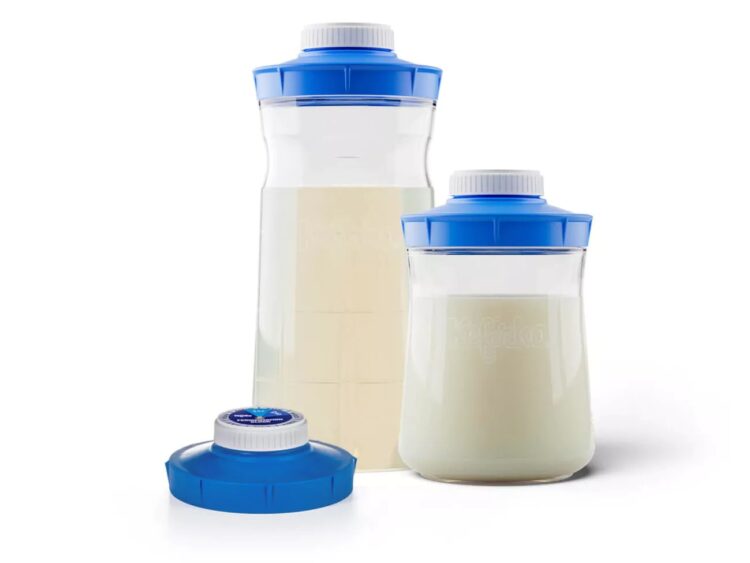
SECOND FERMENTATION
$42.99 – $48.99BUY NOW This product has multiple variants. The options may be chosen on the product page
